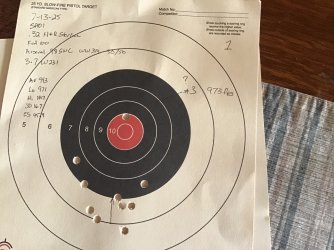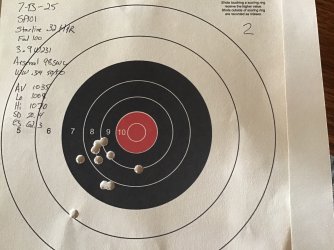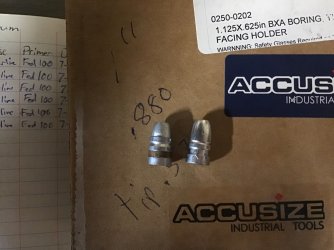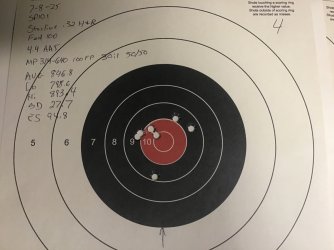I am tempted to track down a used (only option) RCbS #1 Cast Bullet Reloading manual chiefly for more .32 H&R and maybe some .38 special cast data.
I have about ten manuals on the shelf now and untold number of the free booklets and the Hodgdon Annuals. The Lyman cast bullet manual skips over the .32 H&R 98 Grain Keith style SWC. That kind of blows my mind but no manual has everything, I am assuming that RCBS has this bullet covered as they sold that mold in their line up.
Can someone with the RCBS Cast Bullet Manual check for me? If not too much trouble posting a picture of that page if allowed would be awesome too. If it has what I think is valuable I’ll gladly spend the money on a used book. I am guarded buying books. Just bought the hardcover new Lyman manual and have found almost no good changes from three or four revisions back.
thank you in advance
I have the RCBS cast bullet manual as well. I have heard there's some inaccurate data in that manual, but I don't know if that is correct. No idea why they haven't published any other cast bullet manuals.
I have the Lyman third and fourth edition cast bullet handbooks. Both are very good. The fourth edition handbook has loading data for the 32 H&R.
Stan






